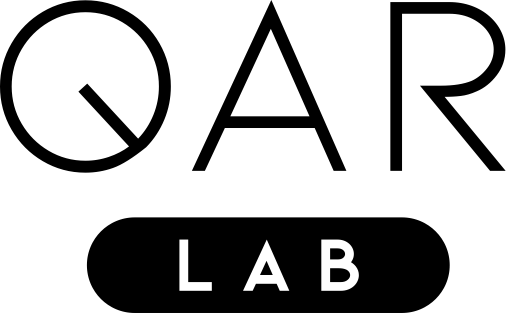Quality Diversity for Variational Quantum Circuit Optimization
Maximilian Zorn, Jonas Stein, Maximilian Balthasar Mansky, Philipp Altmann, Michael Kölle, and Claudia Linnhoff-Popien
Abstract
Optimizing the architecture of variational quantum circuits (VQCs) is crucial for advancing quantum computing (QC) towards practical applications. Current methods range from static ansatz design and evolutionary methods to machine learned VQC optimization, but are either slow, sample inefficient or require infeasible circuit depth to realize advantages. Quality diversity (QD) search methods combine diversity-driven optimization with user-specified features that offer insight into the optimization quality of circuit solution candidates. However, the choice of quality measures and the representational modeling of the circuits to allow for optimization with the current state-of-the-art QD methods like covariance matrix adaptation (CMA), is currently still an open problem. In this work we introduce a directly matrix-based circuit engineering, that can be readily optimized with QD-CMA methods and evaluate heuristic circuit quality properties like expressivity and gate-diversity as quality measures. We empirically show superior circuit optimization of our QD optimization w.r.t. speed and solution score against a set of robust benchmark algorithms from the literature on a selection of NP-hard combinatorial optimization problems.

